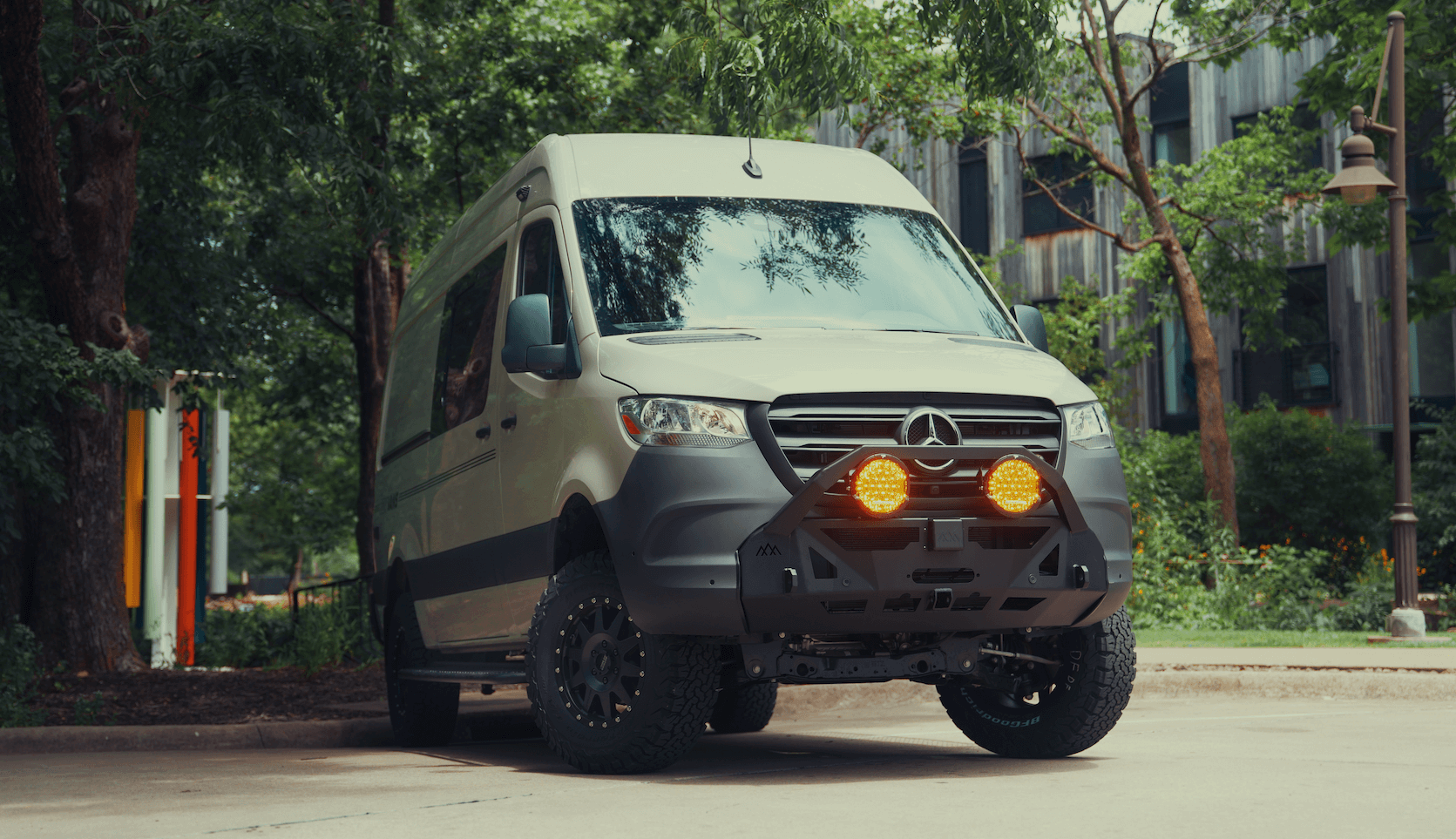Recreational Vans

An expedition van is built to travel far from services, carry people and gear safely, and operate for days without hookups. It pairs trail capable running gear with a quiet, well insulated living space that manages power, water, heat, and ventilation with minimal fuss. The goal is range, reliability, and comfort when the nearest pavement sits hours away.
Key elements most builders consider:
You will notice two themes in every successful expedition van. First, energy math drives the plan. Every device has a daily draw and every charge source has a realistic output. Second, mass and balance matter. Payload, center of gravity, and axle ratings limit what you can bolt on without compromising handling or braking.
Start with your daily watt hour budget. Add up the loads for a fridge, heater fan, lights, water pump, charge ports, and any cooking or air conditioning plans. Size lithium capacity to cover two to three days without moving. Assume real world solar yields vary with weather and angle, so treat solar as a supplement rather than your only source. A high output alternator plus a DC to DC charger remains the most dependable way to refill batteries while you drive between trailheads.
Water sets your camp rhythm. A quick shower can drink a gallon a minute, while careful dish routines sip ounces. Insulate tanks and lines that sit near the floor, and add drain points for freezing climates. Diesel air heaters offer thrifty heat and pair well with fuel from the main tank. Roof fans pull humidity out after cooking or a rinse and keep the interior fresh at night.
Think protection before big lifts. Skid plates, rock sliders, and an upgraded rear step or bumper defend vulnerable parts when the trail surprises you. A modest lift with tuned shocks and springs can transform ride quality on washboard roads without inviting driveline stress. Aim for control and composure rather than the tallest stance.
Common expedition van platforms include Mercedes Sprinter, Ford Transit, and Ram ProMaster. All can serve, but each has strengths that shape the build.
Wheelbase dictates maneuverability and interior volume. Short wheelbase rigs snake through tight forest roads and fit more trailhead spots. Long wheelbase models grant generous storage and living space but demand extra care with departure angles and approach lines. Match the platform’s gross vehicle weight rating to your gear plan and leave a margin. Payload disappears fast once batteries, water, cabinetry, roof accessories, and passengers come aboard.
Layouts for expedition travel prize flexible storage and quick transitions between drive and camp modes. Many crews favor:
Redundancy brings peace of mind. Combine offline maps with a paper atlas, a GMRS radio for group travel, and a satellite communicator for check ins. If you work from the road, a satellite internet system can keep you connected where cellular fades, but budget extra battery and roof space for the hardware.
Respect weight ratings, tire load indexes, and brake maintenance schedules. Secure every heavy object so it cannot become a projectile in an emergency stop. Use proper fusing and wire sizing in the electrical system. Install smoke and carbon monoxide alarms and test them regularly. When you modify seating, use certified hardware and mounting systems.
Expect professional expedition van builds to span several months. Lead times for specialty parts, electrical components, and fabrication add up. Budgets vary widely, driven by battery size, climate systems, suspension, and custom metalwork. Plan funds for recovery gear, tires, and a second set of wheels if you swap between winter and summer setups.
Once on the road, a maintenance cadence keeps the rig happy:
A thoughtful expedition van is quiet, efficient, and simple to use. Fewer switches, clear cable routing, and labeled service panels make troubleshooting faster in camp. Build for the way you actually travel, not the rare outlier trip you might take once every few years.
Travel with season aware routes, alternative camps, and weather backups. Favor durable campsites and pack out your trash. Keep noise low, minimize light spill, and leave spaces better than you found them. The ability to stay off grid longer pairs naturally with the responsibility to tread lightly.
Not everything has to land on day one. Many owners stage upgrades across seasons:
Electrical, seating, and safety critical mounts reward experienced hands. Trail tested builders can balance weight, cable routing, and service access in ways that save headaches later. A well planned expedition van feels cohesive the first time you turn the key.
If you are ready to translate this plan into a real rig, a professional shop can tailor suspension, power, and interior to your routes and gear. In Fayetteville Arkansas, a centrally located handoff makes it easy to fly in, learn your systems, and drive out toward the mountains with confidence.
At the bottom of your planning checklist, lock in a clear scope, parts list, and timeline. Define energy goals, payload limits, and the exact gear you need to carry. That roadmap turns an idea into a dependable expedition van you will trust on washboard and snow alike.
Tell us where you wander, what you carry, and how long you stay off grid. We will translate that into a balanced expedition van with the right suspension, power, water, and interior for real trails and real miles. Submit the form and let us map your build plan today.
Ready to design an expedition van that fits your routes and your gear. Tell us how you travel and we will map a build plan with transparent timelines, clear pricing, and pro guidance from first sketch to handoff. Start your build consult today.
ADDRESS:
6159 E Huntsville Rd, Fayetteville, AR 72701
PHONE:
(479) 326-9200
EMAIL:
info@ozkvans.com